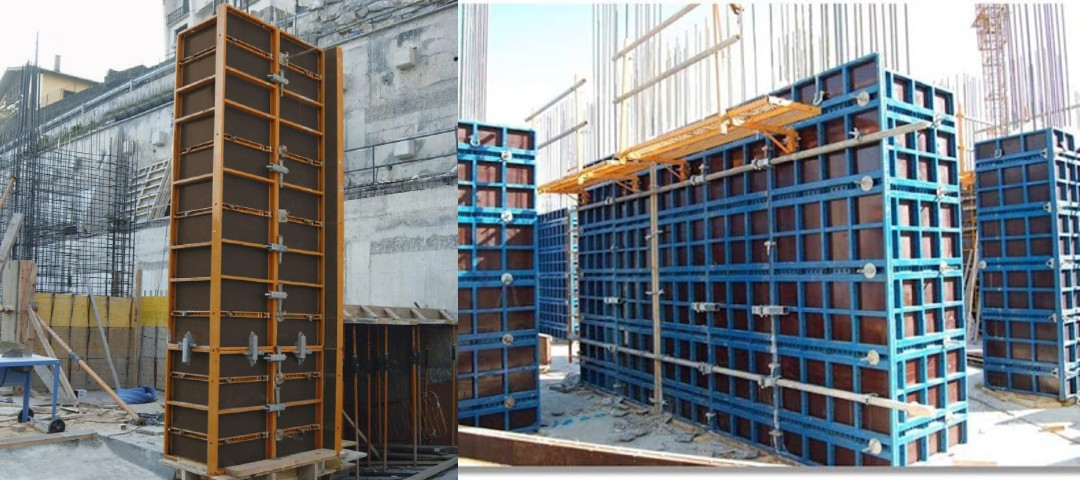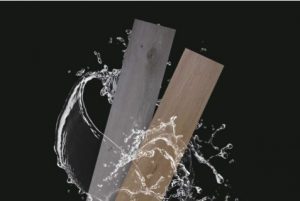In this article, we’ll discuss the many benefits of plywood, including its durability, flexibility, clear and character types, and economic value. Let’s also take a closer look at C and D grade, and why they’re the perfect material for your project. Ultimately, these are the most important factors when selecting materials for your next project. But there are many other benefits, too. Let’s take a look at the benefits of plywood for your next project!
Character type
Plywood comes in different character types, depending on the material used. A single sheet of wood veneer is often called “hatters ply” in England. While the modern version is made from a composite material, the original material was not plywood. A piece of wood veneer was first used in the 1800s to create stove pipe hats. In the early days of plywood, the material was not very flexible. This article will discuss the difference between these two types of wood veneer.
Plywood is composed of layers of wood that are glued together to create a single sheet. The layers are parallel to each other and alternately crossed, forming a panel. This makes plywood two to three times stronger than regular wood. It is also less expensive than real wood. In fact, some varieties are face-mounted with real wood to create a decorative effect. The following characteristics make it an ideal material for a variety of uses.
Plywood is categorized by its thickness. In general, it is between one and three inches thick. If you’re using it to support a veneer, the plywood needs to be thicker. Some types of plywood come with a wider range of thicknesses than others. Depending on how you plan to use the material, there are various specialized types of plywood available. However, the general guidelines for plywood are the same.
Plywood comes in various grades, such as melamine, oak, and maple. Its high-strength properties make it an excellent material for many applications. Plywood is suitable for outdoor use. As long as it is kept dry, plywood performs well even in subzero temperatures. It can also withstand some extreme temperatures, making it ideal for a wide variety of outdoor projects. However, it should be noted that the type of plywood you choose is important to the design of the project you’re working on.
Clear type
If you’re planning to build something with wood, clear type plywood is a great option. Plywood comes in various grades depending on its use. One type is considered to be exterior and can withstand long-term exposure to moisture without rotting. Another is exposure 1, which is ideal for short-term exposure to moisture. Exposure 2 is not waterproof but is capable of resisting rot when lightly exposed to moisture. It is a good option for interior projects.
While the advantages of sanded plywood are obvious, there are several other benefits of hardwood plywood, too. It’s typically more dense than softwood, making it an excellent choice for cabinetry, shelves, and paneling. You can even get hardwood plywood if you’re planning to build furniture with heavy weight. Finally, structural plywood is ideal for large interior and exterior construction. It’s an affordable option for beams and other structures.
If you’re working on a smaller project, C and D grades are excellent choices. These wood products have smoother surfaces but may have more knots and voids. While the appearance of C-grade plywood isn’t as good as A-grade plywood, it’s still a good choice for your project. These types of plywood are perfect for covering material in some cases. You’ll want to check the grade before making a final decision.
The thickness of a piece of plywood depends on the purpose for which it’s used. For instance, a 3/4-inch panel is actually 23/32 inches, which is not exactly attractive. In some lumberyards, the size tag is listed in millimeters, but you can easily convert the measurement to inches using a mobile app. This makes it easy to determine which type of plywood is best for your project.
C & D grade
When deciding which grade of plywood is best for your project, be sure to check its grading system. This standard grade system is A, B, C, and D. Grade A and B plywood are usually super clean, while grade C and D will have more patches and voids, but are still acceptable for your project. These grades are often cheaper than their A and B counterparts, but they’re not the best choice for most projects.
A and B grade plywood are suitable for finishing, while C and D grade plywood are best for construction projects. Each grade of plywood has a face and a reverse or back side. Face sides will be higher graded than back sides. While A grade plywood is ideal for furniture-making and other applications, you can’t use it to finish your project. Instead, use C or D grade plywood if you’re building a deck or other decorative surface for your home.
If your project requires stability, C & D grade plywood might be ideal. They’re less expensive and have a higher quality finish than straight A grade. They’re also available in a variety of different sizes and wood types. You can even find multi-veneer plywood with two grade levels – A-Grade on one side and B-Grade on the other. This way, you can easily select the type of plywood you need for your project and avoid any unnecessary expense.
Another way to decide which grade of plywood is best is to look at the application. Exterior sheathing plywood, for example, is usually rated CDX (Construction Design Exposure and Exterior Use) and has an exterior rated glue. Subfloor plywood, on the other hand, is often made of waterproof wood. While it’s not completely waterproof, it will resist rot if it’s exposed to moisture for an extended period of time.
Economical
The benefits of using plywood over other materials are many. Plywood is stronger and more durable, thanks to its cross-layer structure. It is also ideal for projects requiring wooden materials, such as furniture. Plywood can also be stained or painted to match the decor of the space. Plywood is a versatile material, and you can even make it bendable. And if you’re not sure if plywood is the right choice for your project, consider this: if the project requires curved surfaces, plywood will fit perfectly. It can be bent to fit any surface, including curves, and will not split. In addition, it can be treated for moisture or fire prevention. In fact, some types of plywood are more waterproof than others.
Plywood comes in many grades and varieties. There are soft and hard plywoods, as well as marine and aircraft plywood. Softwood is not as durable as hardwood, so it is best used indoors. For outdoor projects, you should opt for hardwood or aircraft plywood. In addition, you can choose lumber core plywood. This type has two thin veneers on either side, and a thick core made of strips of wood glued together into a solid slab. Lumber core plywood has an easy-to-grab screw.
If you are a newbie to plywood shopping, you should familiarize yourself with the most popular brands. You should also compare prices, as well as compare prices. If you’re not sure how to choose the best finish, consider your budget and the type of plywood you’ll use. When you’re in the market for plywood, you should have a reputable local lumber store in mind so you can make the right choice.
Easy to cut
Plywood is easy to cut and can be found in a wide range of shapes. Its cross-grained structure makes it much stronger than solid wood. Additionally, it can be toughened up with veneers and phenolic adhesives. Plywood is also lightweight, so it is easier to handle than heavy wood. This means you can work with large sheets of plywood and still get the perfect shape. It is also easy to cut to the exact size you need.
You can use a saber saw to cut plywood. Be sure to hold the saber saw firmly, as the down cutting blade will tend to push the wood up. When cutting with a knife, stay close to the edge of the cut, as overlapping the edges can tear up the plywood. The same applies to cutting with a utility knife. If the thickness of the wood is greater than five millimeters, you may need to make several passes.
The easiest way to cut plywood is to rest the sheet on a sawhorse, preferably set at a slight angle. Make sure the saw is level and has a definite edge, as plywood will easily splinter if weight is put on one side during cutting. You may also use a piece of wood to act as a support for the plywood while you are cutting. However, this will likely get marked, so you may want to make use of another piece of wood as a sacrificial wood.
You can also use a hand saw to cut plywood, but be sure to use a crosscut saw. This method will yield the best results, but you should use a crosscut saw if you’re planning on using plywood in large projects. Always remember to wear protective gear and to use a crosscut saw, since hand saws may tear the plywood. If you don’t want to risk tearing the plywood, you can use a jigsaw.


